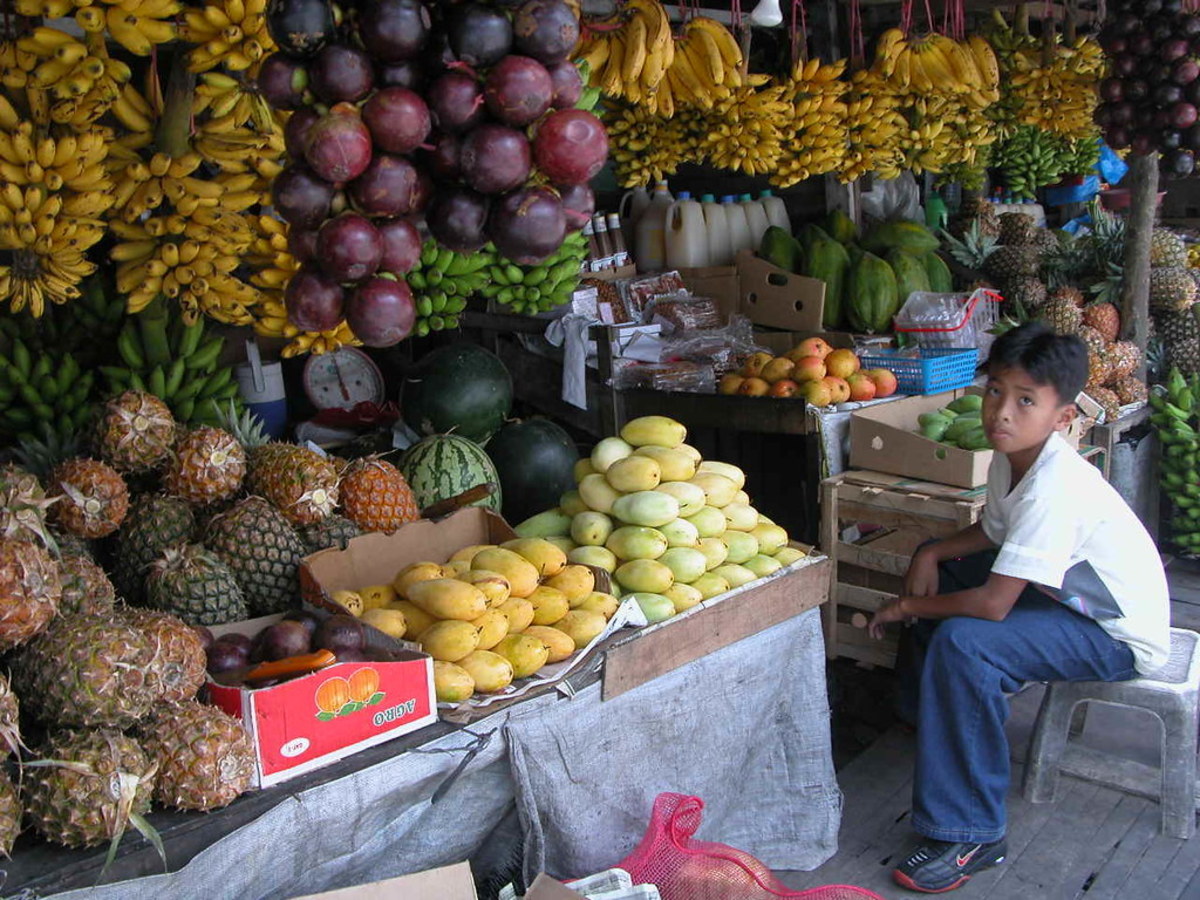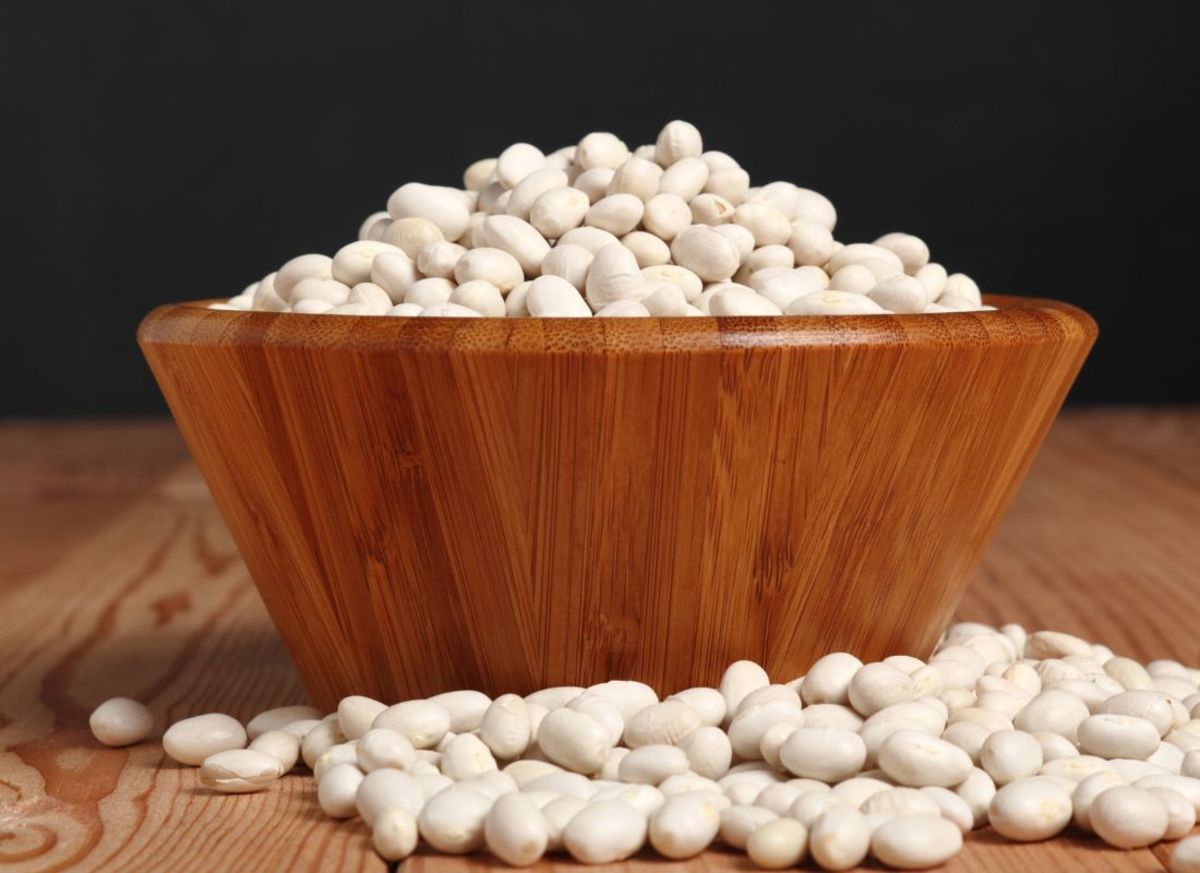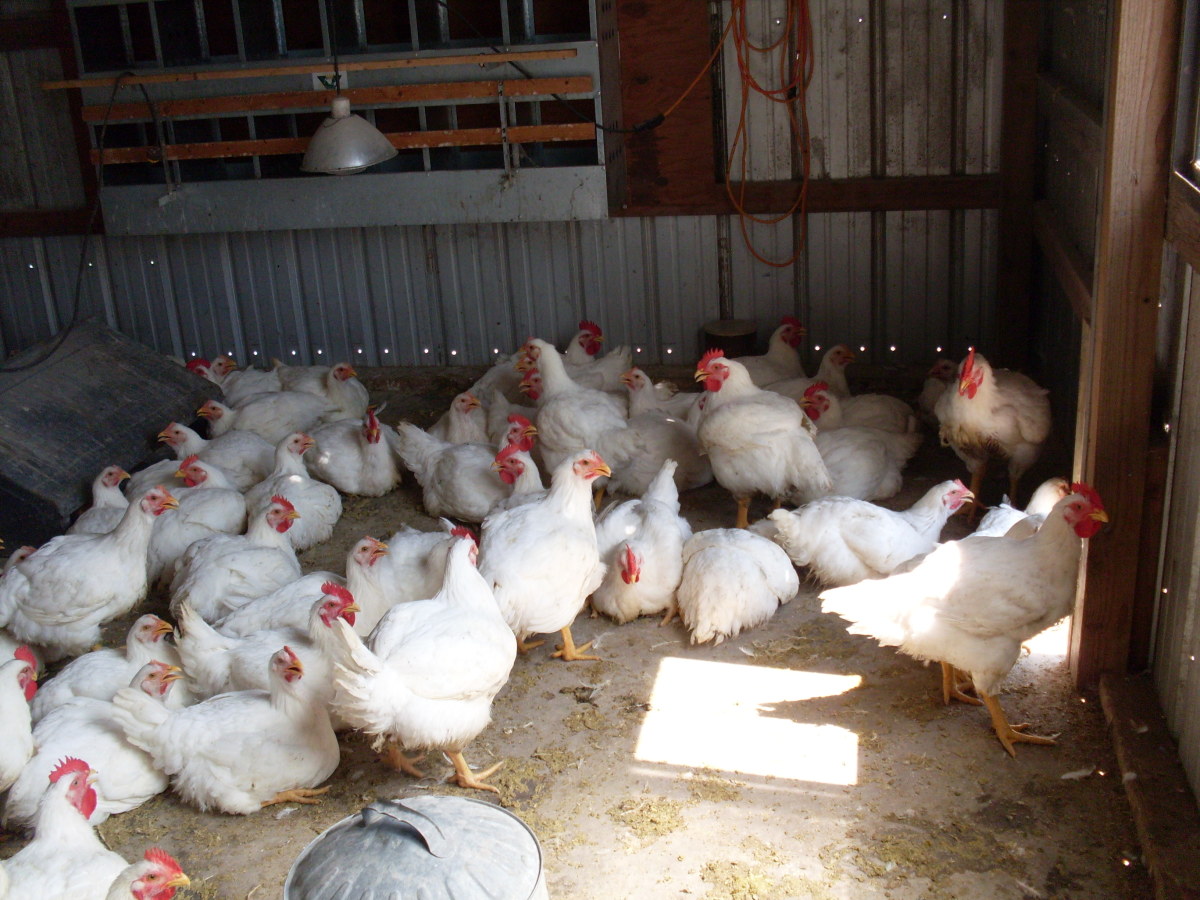How to Find Wild Edible Plants
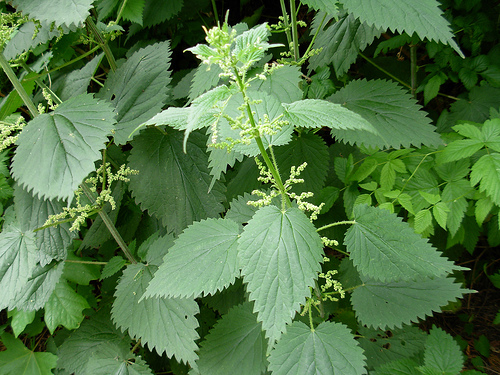
Getting Started With Wildcrafting
Getting started with wildcrafting and the identification of wild edible plants is also not nearly as hard as it seems. Yet, many people who have a vested interest in the area shy away from gathering wild plants because it seems as though it may be too difficult, or they are afraid that they won't be able to make something taste good enough to eat, or worry that they will eat something poisonous. The truth is, there are ways to enter the realm of wildcrafting that are safe, enjoyable and easy enough for the most inexperienced person to find delicious wild edible plants.
Finding a large variety edible plants is something that does take time, but getting yourself educated and comfortable with collecting delicious common species is something that just about anyone can do. However, there are specifics that you should consider and a few rules of thumb that will help you get started successfully.
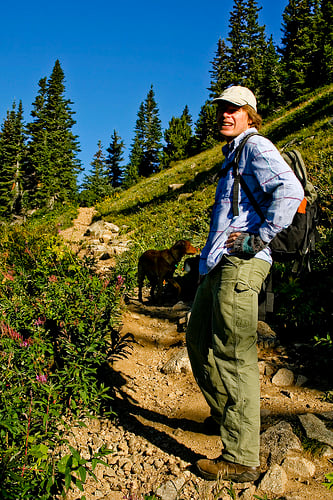
Know Your Area, Get and Get a Guide
Know Your Area
Knowing your area seems pretty simple, but there is a lot of detail involved that many people will overlook. Regarding edible plants, there is a basic need to identify plants but more so to familiarize yourself with as many common plants as possible. This means getting outside and going for a walk, looking at plants on the side of the road, your driveway, in the woods. Turning leaves over smelling the flowers, looking at stems and the bark of trees. It is not so important at first to know what they are, as much as it is that you can identify the same plant repeatedly, recognize where they grow and the variations on their appearance.
You should familiarize yourself with the typical vegetation of fields, roadsides, swamps, and forests in your region. Knowing the vegetation of areas will make it easy to locate edible plants, and identify them without a guide, it seems like a simple idea, but going out to collect edibles when you don't know the basic composition of an area's vegetation will make it a frustrating experience.
The Next Steps
OK so you are an avid outdoors man or you have (or plan to) familiarized yourself with the landscape. On to the next basic fundamental step, getting guide. Well, there are two kinds of guides we are talking about here. First the obvious kind, a book (preferably specific to your area) that will help you identify common plants. The second is an actual person simply who knows more than you about finding them.
When looking for a written guide to start with, you want to find something that is easy to use rather then crammed full of info. A book with dark or faded pictures will make it difficult to compare plants you find in the field. Likewise, a good identification 'key' will make it easy to accurately identify the plants you find or suspect to be edible. Finding a guide specific to your area is a plus, but often you may only be able to find generalized guides that cover a large region. Regardless, make sure you choose a guide you feel comfortable with. When looking to learn about plants, doing online searches or finding local nature organizations are other ways of finding guides and information about what may or may not be edible. Other sources include medicinal plant guides which often give you detailed information about how wild edible plants can improve your health.
Personal Help
Finding a personal guide is a bit more difficult. The best way I have found to get a guide when I have moved to a new area is to visit the local nature organizations. Conservancy's, parks, and outdoor educational centers usually have close ties with very proficient nature guides. Don't be afraid to contact these seasoned outdoorsmen, as most are more than willing to share their knowledge especially if it means a chance to get out into nature for a hike with someone interested in what they know.
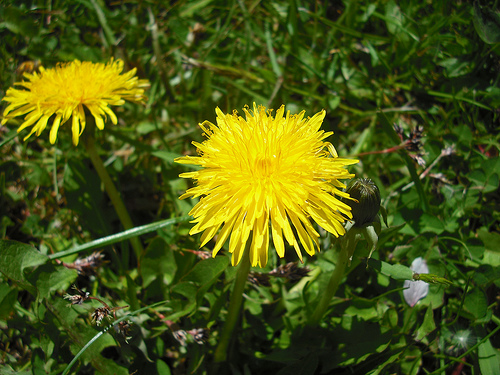
Start Small and Build
Where to Start
Start by looking for common plants that are widespread in areas around where you live. I have outlined several common species in this hub that should help you get started. If you look carefully, you can find a bounty of edibles often in your backyard. Focus on common plants, nuts, fruits and berries as you get into wildcrafting. From there branch out into greens, roots and shoots. Once you have become comfortable with your identification skills you can begin to go after edibles that are harder to identify such as mushrooms, and medicinal plants.
Use your guide often, even to id common plants. It is good to get a sense of how to identify characteristics, even if the plant is an obvious find. Take a log with you and record when and where you find plants you have a specific interest in, this helps when you want to find them in the future especially with seasonal plants like fiddleheads, and types of mushrooms.
Where to Harvest
As you begin to build your skills and passion for harvesting wild plants, you will be able to branch out into day hikes and more focused collecting excursions. You may find yourself selling certain plants and mushrooms to restaurants as you develop your skills. A word of caution however, make sure you have permission to collect on a property. Many conservancy, state and national parks do not allow for wild harvest, and private landowners could have you arrested or fined for trespassing without permission. It is always better to get permission to harvest and many people do not have a problem with someone pulling a few cattails, or mushrooms from their property.
With a bit of patience and passion it is east to build the skills necessary to find wild edible plants that will bring you delicious new food experiences.

